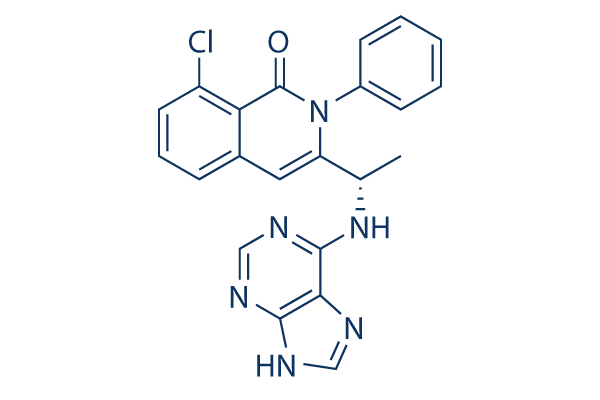You will find a minimum of 17 SYTs isoforms which have the prospective to act as mod ulators of membrane fusion events. SYT4 is specifically interesting because it has been found to become potentially involved in a wide assortment of activities inside the brain. it’s an immediate early gene that may be up regulated stick to ing neuronal depolarization and maps to a area of human chromosome 18 connected with schizophrenia and bipolar illness. Information obtained from genuine time PCR showed that the SYT4 expression is inhibited by OA at 3 and 24 h exposure, however it recovers normal levels at 48 h treatment. In a earlier study, loss of SYT4 final results within a reduction of synaptic vesicles plus a distortion of the Golgi structure in cultured hippocam pal neurons. Golgi disruptions had been also found in rat pancreatic cells just after OA exposure.
In addition to, SYT4 impacts many vesicle recycling properties in peptidergic nerve terminals within the posterior pituitary. Interestingly, SYT4 also seems to play a part in the maturation of secretory granules in neuroendocrine selelck kinase inhibitor cells, suggesting that it may also function inside the movement of vesicles. Neuropeptide Y can be a 36 amino acid peptide produced by neurons all through the brain and by other secretor cells from the body. NPY has been connected having a variety of physiological processes within the brain, includ ing the regulation of energy balance, memory and study ing, and epilepsy. Similarly to SYT4, NPY expression levels soon after OA exposure have been identified to become down regulated at three and 24 h, but expression levels comparable to handle were observed at 48 h.
A deregulation of the hypothalamic NPY system has been proposed to be associated with quite a few pathological and pathophysiological states including cancer cachexia, hyperinsulinemia and hypercorticism, obesity and metabolic syn drome, and anorexia. pop over here So far, no studies on SYT4 or NYP expression following OA exposure had been reported, but many previous studies described neurotransmission alterations immediately after OA expo sure, and also the down regulation of genes involved within the synaptic processes found within this study could help to explain them. OA was located to inhibit mobilization of synaptic vesicles and depress Ca2 release from sarco plasmic reticulum in mouse neuromuscular junctions, to disrupt synaptic vesicle trafficking in goldfish bipolar cells, and to interfere with the formation of synaptic vesicle clusters in nerve terminals of frog neuromuscular junctions.
In vivo, OA substantially reduces electrically induced inhibitory non  adrenergic, non cholinergic neurotransmission responses within the rat gastric fundus, when leaving direct muscular effects in the inhibitory NANC neurotransmitters vasoactive intestinal peptide and nitric oxide unaffected, suggesting a neural internet site of action. It was also reported that presynaptic clusters of synaptic vesicles in the frog neuromuscular junction is usually disrupted by exposure to OA.
adrenergic, non cholinergic neurotransmission responses within the rat gastric fundus, when leaving direct muscular effects in the inhibitory NANC neurotransmitters vasoactive intestinal peptide and nitric oxide unaffected, suggesting a neural internet site of action. It was also reported that presynaptic clusters of synaptic vesicles in the frog neuromuscular junction is usually disrupted by exposure to OA.
Natural Product
A natural product is a chemical compound or substance produced
